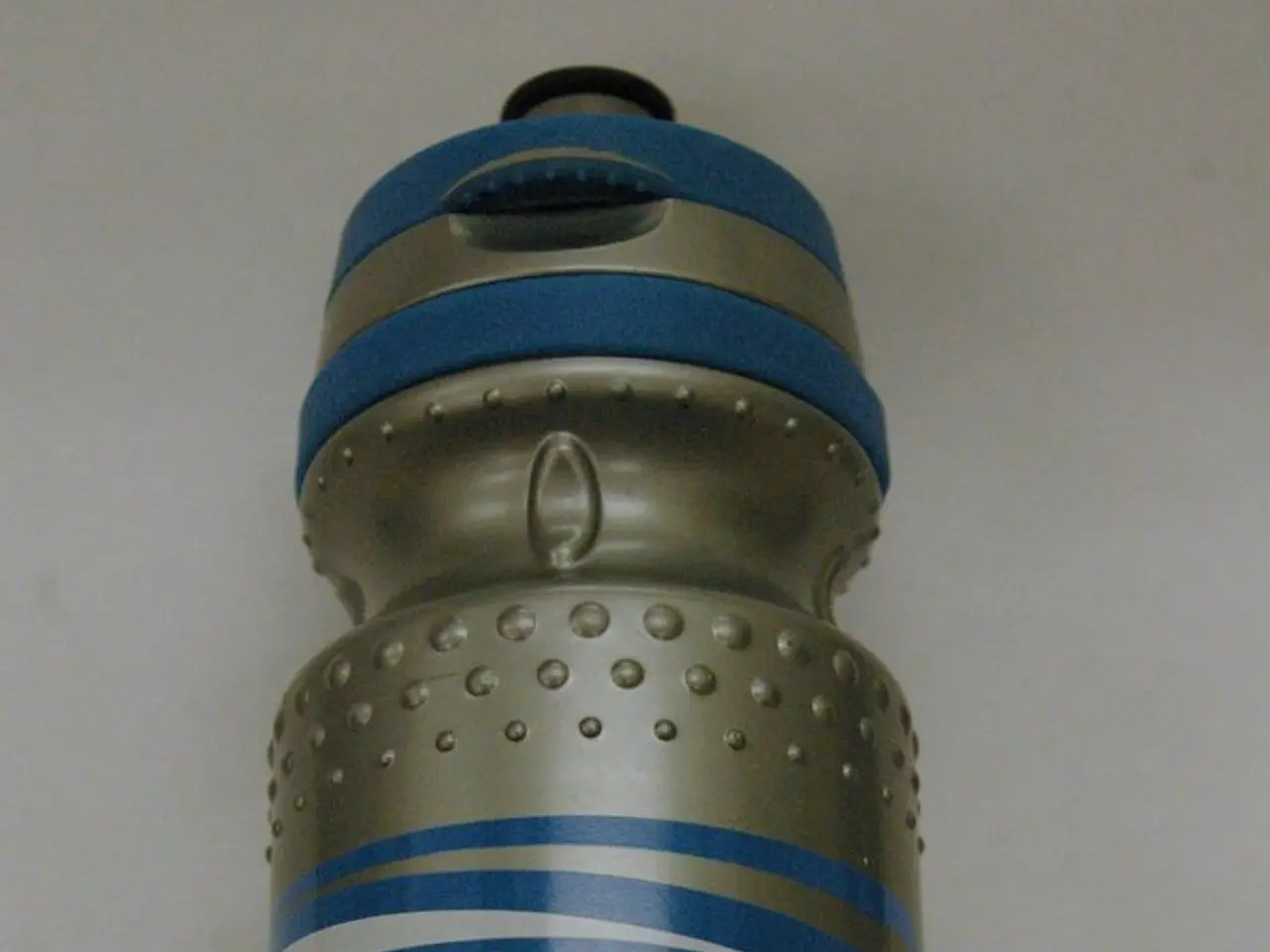Dependent Personality Trait: Characteristics, Symptoms, and Management Strategies
In the complex web of human relationships, codependency is a pattern of behavior that can significantly impact the way people interact with each other. While not a personality disorder or a distinct mental health condition, codependency can hinder individuals from having healthy, mutually satisfying relationships.
Codependency is characterised by traits such as low self-esteem, difficulties setting and maintaining boundaries, fear of rejection or abandonment, and an obsessive need for control in relationships. Codependents often prioritise the needs of others over their own, linking their self-worth to how well they care for or control others [1][3][5].
However, codependency can intersect differently with various personality disorders.
Borderline Personality Disorder (BPD) and codependency share a common ground in their fears of abandonment and unstable interpersonal relationships. Both may show controlling or clingy behaviors to avoid perceived abandonment [2][4]. People with BPD often have difficulty regulating their emotions and may engage in impulsive behaviors, such as self-harm or substance abuse. Their struggle to form and maintain healthy relationships due to their fear of abandonment can lead to codependency [2].
Narcissistic Personality Disorder (NPD) is almost opposite to codependency; narcissists seek to elevate themselves, whereas codependents lower their own needs to serve others. Yet, codependents can be drawn to narcissistic partners, enabling their behavior by trying to control or "fix" them [2][3]. People with NPD are highly sensitive to criticism and feel threatened when faced with any kind of rejection or failure, which can also lead to codependency.
Avoidant Personality Disorder (AvPD) shares fear of rejection and low self-esteem with codependency. Avoidant individuals may desire connection like codependents but avoid intimacy due to fear, leading to withdrawal rather than excessive caretaking [2].
Dependent Personality Disorder (DPD) is closely related to codependency. Both involve loss of self, excessive compliance, and fear of being alone. The compliant codependent subtype particularly overlaps with DPD, exhibiting hypervigilance to partner’s needs and denial of self [5].
In summary, codependency closely aligns with Dependent Personality Disorder, sharing the need to satisfy others at the cost of the self and fear of abandonment. Borderline Personality Disorder shows similar fears of abandonment and unstable interpersonal relationships but with more emotional instability and impulsivity. Avoidant Personality Disorder shares low self-esteem and fear of rejection but tends toward social withdrawal rather than clinginess or control. Narcissistic Personality Disorder contrasts with codependency, as it centers on self-aggrandizement and lack of empathy rather than self-sacrifice.
Understanding these intersections is crucial in addressing codependency and its impact on relationships. Treatment for codependency may involve psychotherapy such as dialectical behavior therapy (DBT) and cognitive behavioral therapy (CBT) if it co-occurs with a personality disorder like BPD or NPD. Treatment often involves examining childhood experiences and their impact on current behavior, and may include individual or group therapy, as well as couples or family therapy if appropriate [6].
References:
[1] Psychology Today. (n.d.). Understanding Codependency. Retrieved from https://www.psychologytoday.com/us/basics/codependency
[2] American Psychiatric Association. (2013). Diagnostic and Statistical Manual of Mental Disorders (5th ed.). Arlington, VA: American Psychiatric Publishing.
[3] Linehan, M. M. (1993). Cognitive-behavioral treatment of borderline personality disorder. New York: Guilford Press.
[4] Oldham, J. M., & Goranson, E. A. (2008). Codependence in borderline personality disorder. Journal of Personality Disorders, 22(5), 610-620.
[5] Schneider, J. A., & Huprich, M. (2010). Codependency and dependent personality disorder: A review of the literature. Journal of Clinical Psychology, 66(10), 1078-1094.
[6] Mayo Clinic. (2021). Codependency: Helping yourself. Retrieved from https://www.mayoclinic.org/diseases-conditions/codependency/in-depth/codependency/art-20047873
- Codependency, when intersecting with Borderline Personality Disorder (BPD), results in a shared fear of abandonment and unstable interpersonal relationships, with both entities displaying controlling or clingy behaviors to overcome perceived abandonment.
- Conversely, Narcissistic Personality Disorder (NPD) contrasts with codependency, as narcissists seek self-aggrandizement, while codependents prioritize others at the expense of self, but codependents can become attracted to narcissistic partners, enabling their behavior.
- Understanding the relationship between Avoidant Personality Disorder (AvPD) and codependency reveals that both share low self-esteem and fear of rejection, but AvPD individuals tend to withdraw due to fear, whereas codependents prioritize care-taking.
- In the realm of mental health and personal growth, Dependent Personality Disorder (DPD) closely resembles codependency, with both sharing the need to satisfy others at the cost of the self and fear of abandonment.
- Addressing codependency and its impact on relationships necessitates understanding its connections with other personality disorders and seeking treatment, such as psychotherapy like dialectical behavior therapy (DBT) and cognitive behavioral therapy (CBT), when co-occurring with disorders like BPD or NPD.




